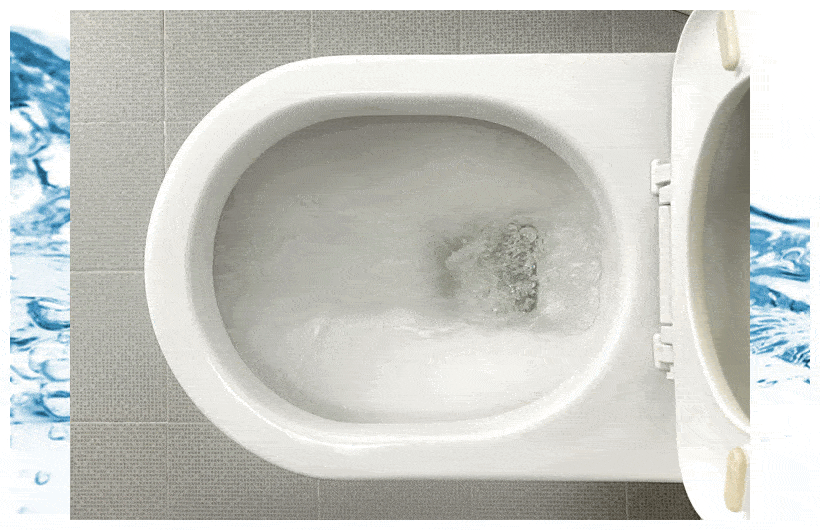
Biosolids are something we all create. They begin as waste — your poop to be exact. If there is a flush, there will be biosolids.
But what comes after you flush is the fascinating part!
Inspired by nature, scientists and engineers developed wastewater treatment processes that turn what you flush into valuable nutrients, renewable energy, and clean water.
These resources are created locally, follow the highest quality standards rooted in research, and are regenerated daily so that we can continue to live sustainably.


